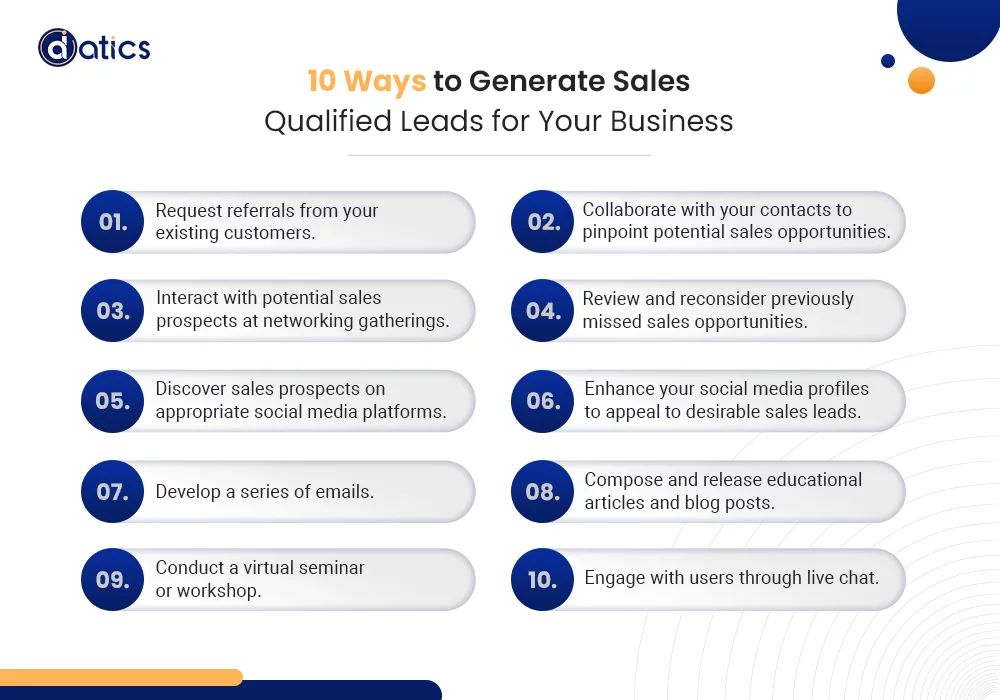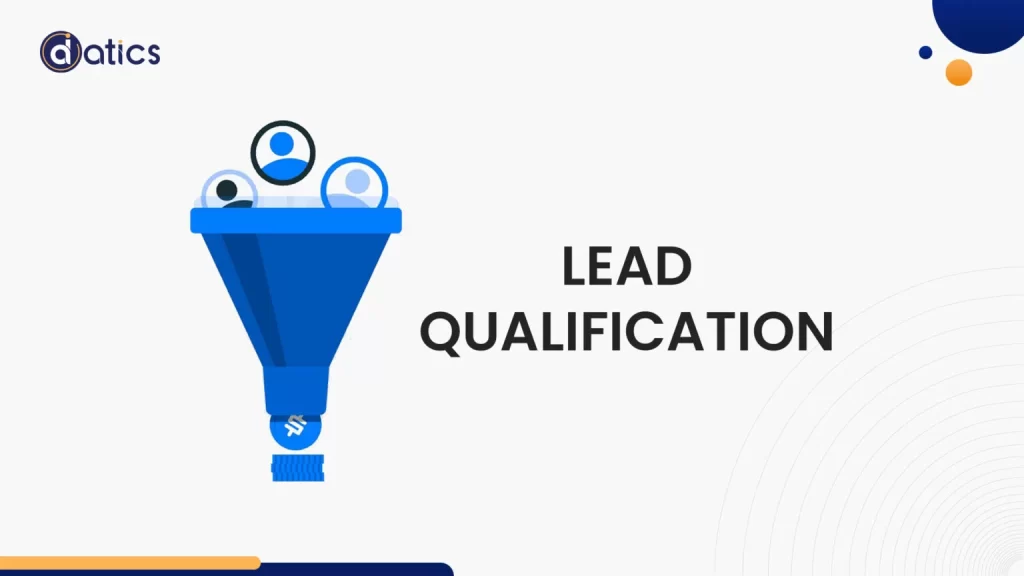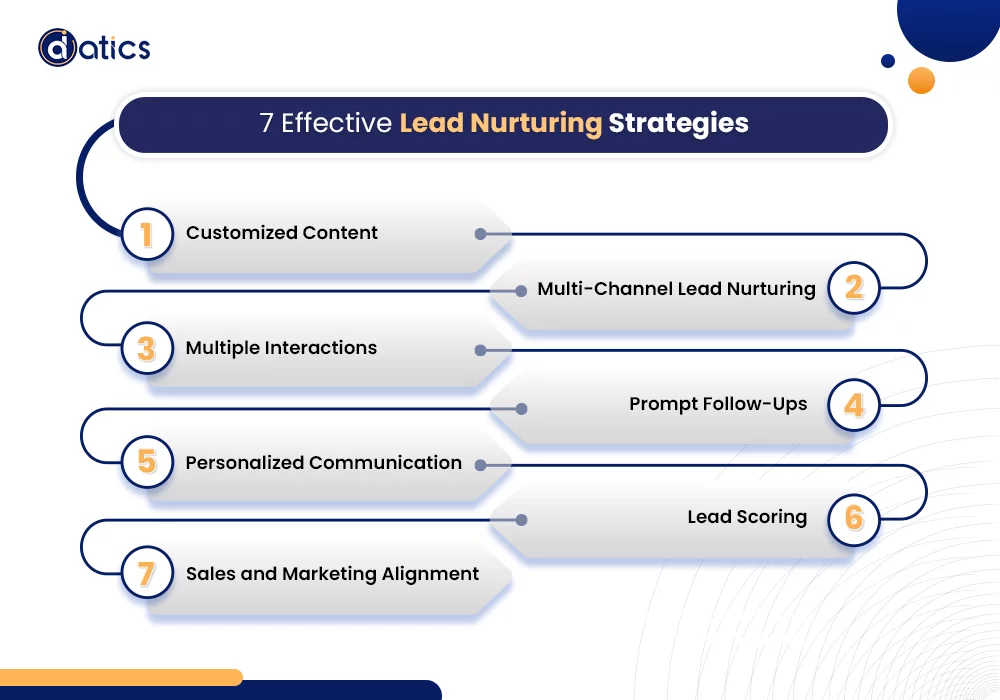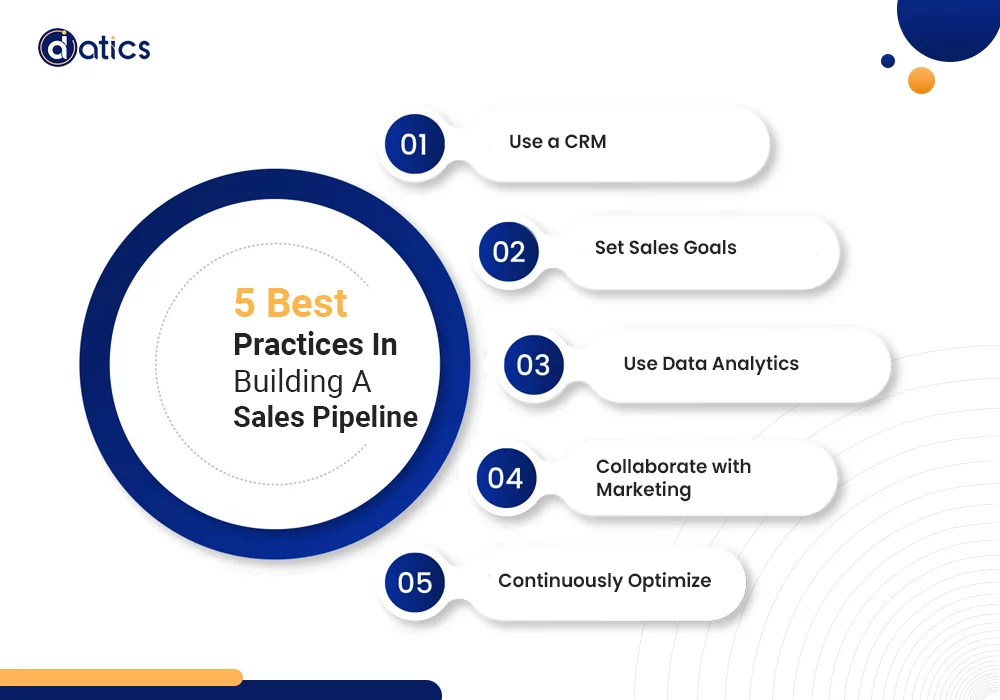
© 2024 | All Right Revered.

Director IT Expansion (Engineering & Business)
A veteran in building data driven software solutions. Helps companies grow by adapting digital transformation.

The article that we will be looking at today will explore how to generate a passive income with ChatGPT with the help of MidJourney to help materialize the final product. The core example that we will focus on is selling a book for children on Amazon.
While scrolling through Amazon for potential side business ideas, I came across a bunch of storybooks for kids. After researching, I discovered that by selling simple storybooks, sellers could make anywhere from $16,000 upwards from one book alone!
The most amazing bit about this is that these books can be published on Amazon KDP, for 100% FREE! So naturally, this sparked my curiosity to find a method for generating passive income with ChatGPT. Hence, this blog.
Through this, we will be taking a look at how to launch a similar business starting from generating the book content idea, and the main content, to high-quality illustrations, all with the help of AI Technology.
If you are interested in generating passive income with ChatGPT, read till the end of this blog!
To build a healthy sales pipeline, a clear process flow is essential to identify and optimize the different stages of the sales process.
This flow includes lead generation, qualification, nurturing, closing, and after-sales service. Each stage has unique goals, strategies, and metrics that should be monitored to ensure success.
In this blog, we will describe the process flow for building a healthy sales pipeline, outlining the key activities and outcomes at each stage.

Before you can build a healthy sales pipeline, you need to have a clear understanding of who your target customer is. Define your ideal customer based on demographics, psychographics, pain points, and buying behavior.
This will help you to create a targeted messaging and approach to your prospects.

1. Ask yourself what customer problem and pain points that your business solve.
2. Research and identify your best possible customers.
3. Analyze and study your customers feedback whether good or bad.
4. Identify critical characteristics of your customers. This includes basic ICP information like:
• Company size and head count
• Age Range
• Geographical Location
• Budget allocation or annual revenue
• Locations around the globe
Use the ideal customer profile that you have created to improve your brand and marketing strategies.
Once you have defined your ideal customer, you need to generate leads that match your customer profile. You can generate leads through a variety of channels, such as social media, email marketing, advertising, and referrals.

Generating sales qualified leads is essential for business success. These strategies engage your target audience, capture information, and nurture leads through the sales funnel, driving revenue and business growth.
1. Request referrals from your existing customers.
2. Collaborate with your contacts to pinpoint potential sales opportunities.
3. Interact with potential sales prospects at networking gatherings.
4. Review and reconsider previously missed sales opportunities.
5. Discover sales prospects on appropriate social media platforms.
6. Enhance your social media profiles to appeal to desirable sales leads.
7. Develop a series of emails specifically designed to nurture leads within your healthy sales pipeline.
8. Compose and release educational articles and blog posts that target your ideal customer and address their pain points, ultimately moving them through the sales pipeline.
9. Conduct a virtual seminar or workshop.
10. Engage with users through live chat to answer questions and address concerns, potentially converting them into qualified leads for your sales pipeline.
Each way has its own detailed process and need to be executed based on business preferences.
Once you have generated leads, you need to qualify them to determine which ones are most likely to convert into customers. Qualifying leads involves assessing their level of interest, budget, timeline, and decision-making authority.
Here are some of the most common lead qualification techniques:
BANT: This lead qualification strategy ranks four key lead qualifying factors in order of importance: budget, authority, needs, and timeline.
CHAMP: This lead qualification strategy evaluates these four factors: challenges, authority, money, and prioritization. Although CHAMP is similar to the BANT approach, it emphasizes a prospect’s challenges over closing a sale.
Additionally, CHAMP emphasizes prioritizing making a purchase over setting a strict timeline.
Let’s discuss lead qualification methods in detail.

Lead qualification is a critical step in the sales process, ensuring that potential clients are a good fit for your product or service before investing time and resources. It involves asking prospects a wide range of questions to learn more about them and what they’re looking for. These can questions may include:
Gathering information through questioning to identify customer pain points can benefit the sales pipeline in various ways. It allows businesses to gain insights into customer needs, build trust, differentiate from competitors, proactively address objections, and uncover upsell and cross-sell opportunities. By understanding your customers’ pain points, you can tailor your messaging and offerings to directly address their challenges. This will help you to move prospects through your healthy sales pipeline more efficiently.
Here are some questions that you can ask:
Gaining insight into the customer’s decision-making method is an essential step in building a successful sales pipeline. It allows businesses to customize their sales approach, establish trust, and increase the likelihood of achieving a sale. Understanding the decision-making process also helps identify potential obstacles and develop effective sales strategies for a streamlined sales process.
Not all leads will be ready to buy right away, so it’s important to have a system in place for nurturing them until they are ready. This can involve providing them with valuable content, answering their questions, and staying in regular contact.
A strong content marketing strategy is essential for nurturing leads within your healthy sales pipeline. By creating and distributing high-quality content that addresses your ideal customer’s pain points and interests, you can educate potential customers, build trust, and move them further down the sales funnel.
Here are seven effective lead nurturing strategies to strengthen your healthy sales pipeline:

Once a lead is ready to buy, it’s time to close the deal. This involves presenting your product or service in a compelling way, overcoming objections, and negotiating the terms of the sale.
Eight techniques to close a deal, which works even with the most complex customers, and strengthen your healthy sales pipeline:
The success of any sales process heavily relies on the effectiveness of the sales pipeline. Building a well-defined and strategic sales pipeline is crucial for businesses to systematically manage and convert leads into loyal customers. To ensure best practices in building a sales pipeline, businesses need to follow a set of guidelines that encompass various aspects which we have discussed earlier. In this section, we will outline key guidelines for best practices in building a sales pipeline, providing insights and recommendations for businesses to optimize their sales efforts and drive revenue growth.

Overall, building a sales pipeline requires a systematic and strategic approach. By following the mentioned best practices and examples, you can create a successful sales pipeline that drives revenue and growth for your business.
Share the details of your project – like scope, timeframe, or business challenges. Our team will carefully review them and get back to you with the next steps!

© 2024 | All Right Revered.
This guide is your roadmap to success! We’ll walk you, step-by-step, through the process of transforming your vision into a project with a clear purpose, target audience, and winning features.